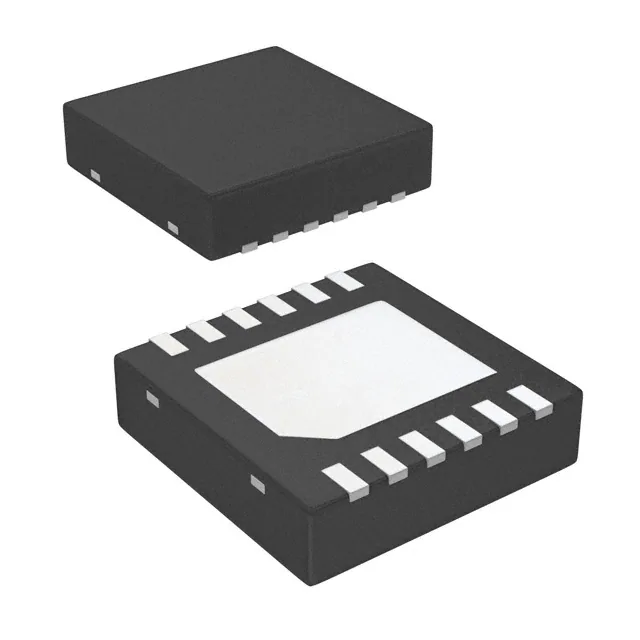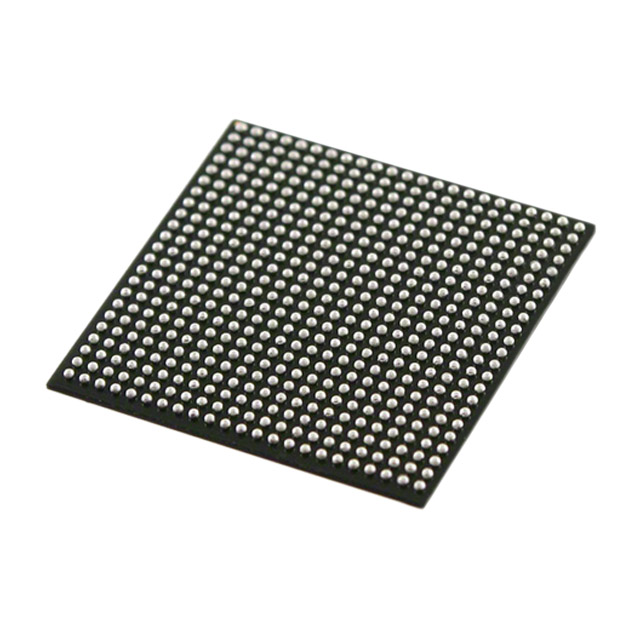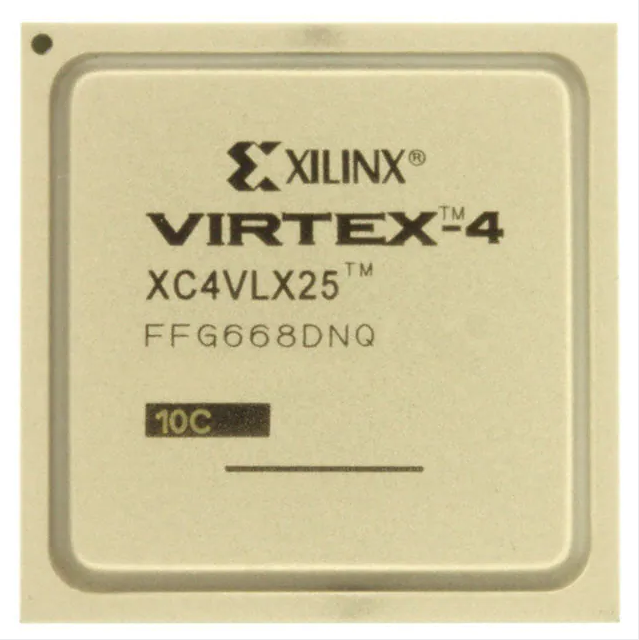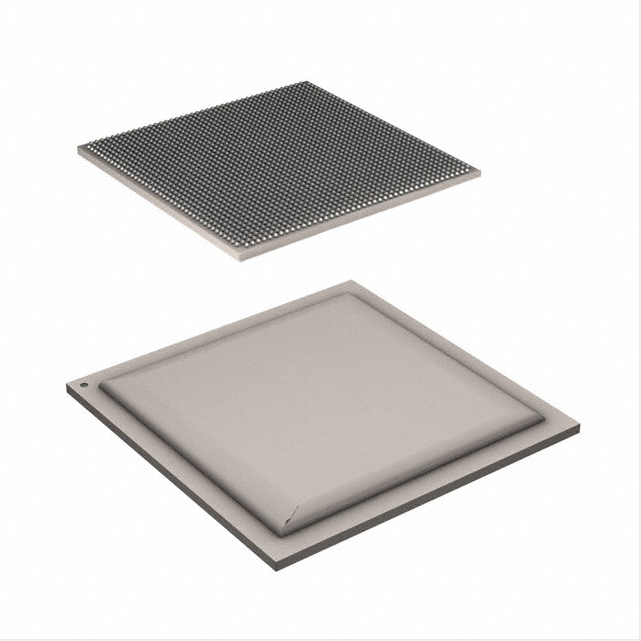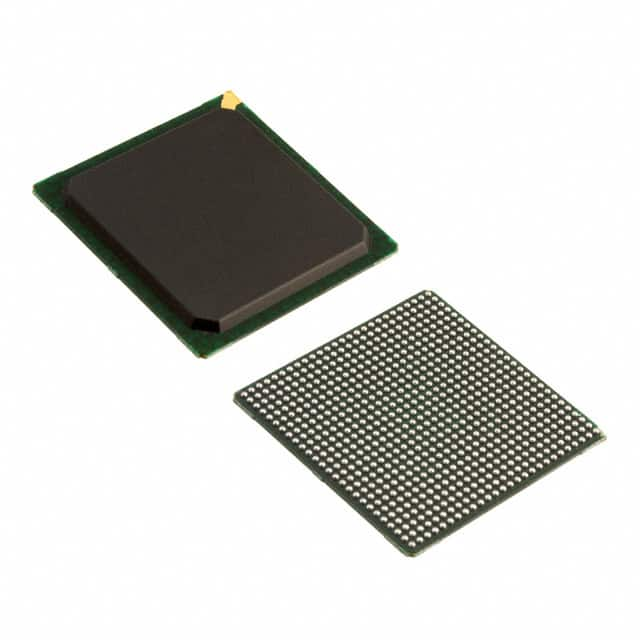Electronic Components IC Chips Integrated Circuits IC XC7A35T-2CSG325I one spot buy BOM service
Product Attributes
| TYPE | DESCRIPTION |
| Category | Integrated Circuits (ICs)EmbeddedFPGAs (Field Programmable Gate Array) |
| Mfr | AMD Xilinx |
| Series | Artix-7 |
| Package | Tray |
| Standard Package | 126 |
| Product Status | Active |
| Number of LABs/CLBs | 2600 |
| Number of Logic Elements/Cells | 33280 |
| Total RAM Bits | 1843200 |
| Number of I/O | 150 |
| Voltage – Supply | 0.95V ~ 1.05V |
| Mounting Type | Surface Mount |
| Operating Temperature | -40°C ~ 100°C (TJ) |
| Package / Case | 324-LFBGA, CSPBGA |
| Supplier Device Package | 324-CSPBGA (15×15) |
| Base Product Number | XC7A35 |
Facing the media at such a sensitive time, Victor Peng, who has already confirmed that he will join the future AMD board, inevitably had to talk about his post-merger plans, the first of which is naturally the future of FPGAs. Many people who are concerned about Celeris and FPGAs fear that after the acquisition of Celeris, FPGAs will be marginalized or become co-processors for CPUs in the data center.
In this regard Victor Peng said that he discussed with Lisa Su, AMD attaches great importance to the various businesses of Celeris and has a very strong commitment to the existing customer markets and applications so that they do not need to worry about any changes, the future of the company will continue to provide support in these aspects of the market and customers as before. As the rightful leader in the market, whether in FPGAs or adaptive SoCs or ACAP, whether it is Xilinx or AMD in the future, the core strategy is to drive growth and to continue to innovate. And Victor Peng believes that the result is the opposite of what people feared, as time goes on, “we will find that with such a scale effect and investment in adaptive computing, in FPGAs, we will only innovate more, innovate faster, and serve the market and customers better”.
Commenting on the merger for the first time to the Chinese media, Victor Peng, a former AMD executive, said, “The combined AMD and Xilinx will be a significantly larger company and will have stronger growth drivers. Moreover, we will be in an excellent position to further expand our ecosystem and partnerships. At the same time, our combination will allow both companies to further increase the growth momentum of their existing products and platforms. The expansion of partnerships and ecosystems will lead to a virtuous circle, which in turn will create higher value for our customers and enable us to have more customers for our products and platforms.”
As mentioned at the beginning of the article, with the acquisition of the FPGA duo by the two CPU giants, the heterogeneous computing landscape has taken shape, and concerning the acquisition of Arm by GPU leader NVIDIA, all three camps are stronger than ever, and the future of computing is now a three-legged race. The combination of acquiring key technologies and gaining access to customers and the ecosystem is an efficient way to save a lot of time and resources. The other side of the coin is the need for scale in the face of powerful rivals to grow their strength and better exploit the heterogeneous computing ecosystem trend.
Victor Peng is confident that both AMD and Intel will have CPUs, GPUs, and FPGAs, but AMD will have a clear technical advantage in GPUs and FPGAs, while AMD’s CPU performance and market share have been growing over the past year or two, and the combined competitive advantage is already very clear. Although NVIDIA has acquired Arm, its core advantage is still only in GPU, its processor will only be released in two years, and more importantly, “he does not have the unique technology of adaptive computing, so Celeris has a very strong advantage in this area.” Victor Peng has very high expectations for the significance of the adaptive computing architecture he strongly advocates in the future of heterogeneous competition.
Looking ahead, Victor Peng summed it up for the Chinese media and users: “The times we are in are very exciting for the computing industry, both as an independent company and after our merger with AMD, we will innovate faster and more to adapt to the needs of data development and enable more of application development and work tirelessly to improve people’s lives.”








